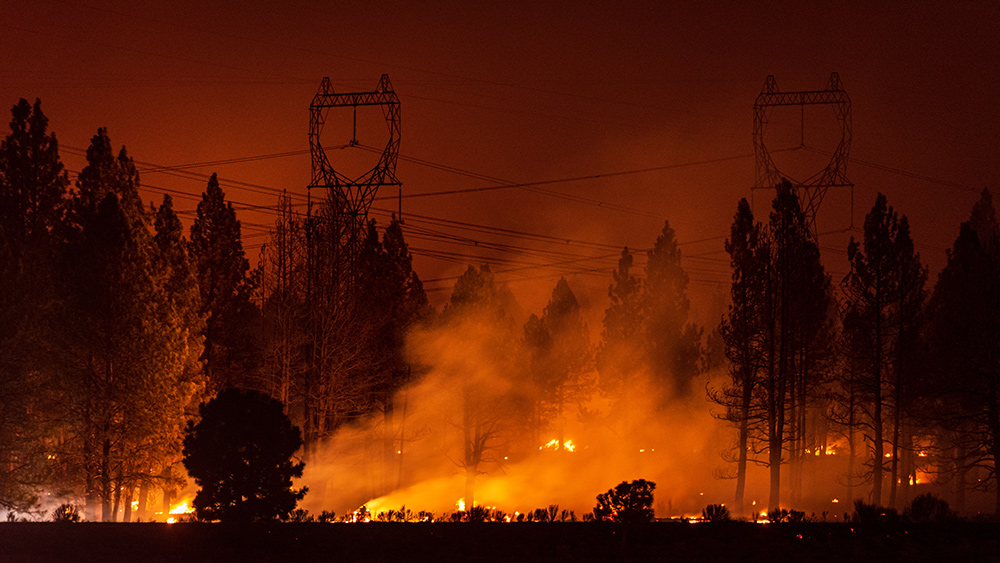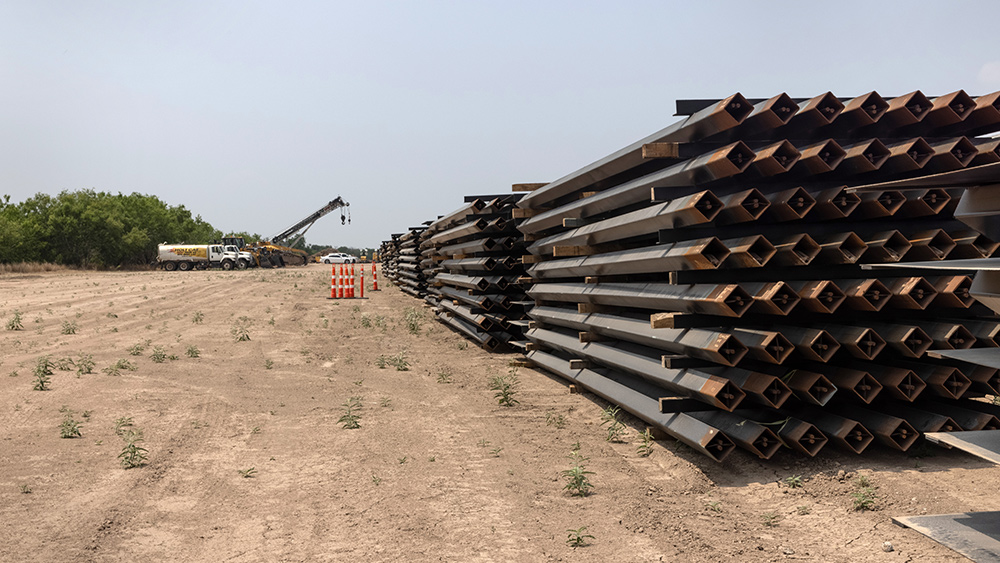Sudan on brink of catastrophe: Half the population faces famine as conflict deepens
By ljdevon // 2024-12-28
Tweet
Share
Copy

- Over 24.6 million people in Sudan, half the population, are facing acute food insecurity.
- Famine has been detected in at least five areas and is projected to expand in five additional regions.
- The conflict between the Sudanese army and the Rapid Support Forces has caused massive displacement and economic collapse.
- Food security has worsened despite some areas experiencing above-average rainfall.
Half of Sudan is starving as country enters humanitarian emergency situation
In a damning indictment of the humanitarian crisis unfolding in Sudan, a UN-backed analysis has revealed that over 24.6 million people in the country — half its population — are teetering on the edge of famine. The situation has escalated dramatically over the past twenty months, fueled by the devastating conflict between Sudan's national army and paramilitary groups. According to the Famine Review Committee (FRC), the crisis is far worse than previously thought, with famine already declared in at least five areas. The report, which uses the Integrated Food Security Phase Classification (IPC), projects that the catastrophe will only deepen between December 2024 and May 2025. Between December 2024 and May 2025, famine is forecast to spread across several localities in North Darfur, including Um Kadadah, Melit, el-Fasher, At Tawisha, and al-Lait. The central Nuba Mountains are also at risk, with potential famine in localities such as Delami, Western Kadugli, Um Durein, and al-Buram. Additionally, there is a risk of famine in areas experiencing significant influxes of internally displaced persons (IDPs) in both North and South Darfur. The severity of this crisis cannot be overemphasized. As of now, the IPC classifies 15.9 million people as being in IPC Phase 3 (Crisis), 8.1 million in IPC Phase 4 (Emergency), and at least 638,000 in IPC Phase 5 (Catastrophe). This staggering figure marks a 3.5 million person increase compared to previous forecasts, illustrating the alarming rate at which the situation is deteriorating.Conflict between Sudanese Army and Rapid Support Forces driving food insecurity
The root cause of this crisis is the ongoing conflict between the Sudanese army and the Rapid Support Forces (RSF), which has been raging since April 2023. The fighting has displaced more than 11 million people, leading to a complete collapse of essential services and a shattered economy. Security threats, roadblocks and protection concerns have severely hampered the ability of humanitarian organizations to respond effectively. Despite some areas experiencing above-average rainfall and improved agricultural conditions, the overall impact has been limited due to intense conflict. Farmers in high-conflict areas have been forced to abandon their crops, leading to widespread stock destruction and further exacerbating food shortages. "The international community's failure to act with urgency and scale has left millions on the brink of survival," commented Mary Lupul, the Sudan humanitarian director at Save the Children. "Without immediate intervention, we will witness more young lives lost to famine and malnutrition." The situation in Sudan's central Nuba Mountains, North Darfur, and areas like Tawila, Nyala, and Medani is particularly dire. Ongoing violence has forced populations into displacement, making it nearly impossible for them to benefit from recent agricultural gains. The risk of famine in these areas is imminent, and the international community must act now to prevent a humanitarian catastrophe. For the latest on food insecurity news around the globe, check out Famine.News. Sources include: MiddleEastEye.net IPCInfo.org IPCInfo.orgTweet
Share
Copy
Tagged Under:
collapse national security food collapse food shortages hunger starvation civil war food supply famine big government SHTF panic chaos conflict Sudan food insecurity food scarcity humanitarian crisis security threats Sudanese Army Rapid Support Forces farming disruptions protection concerns
You Might Also Like
Los Angeles engulfed in flames as DEI policies and budget cuts cripple fire response
By Cassie B. // Share
Ireland joins South Africa in genocide case against Israel at International Court of Justice
By Laura Harris // Share
The Trump administration must bring Moderna to heel
By News Editors // Share
The cost of Facebook’s now-repudiated censorship
By News Editors // Share
Mysterious “chemical fog” sparks health concerns and conspiracy theories across the U.S.
By Willow Tohi // Share
Russia seizes Kurakhove in major eastern Ukraine breakthrough
By Cassie B. // Share











